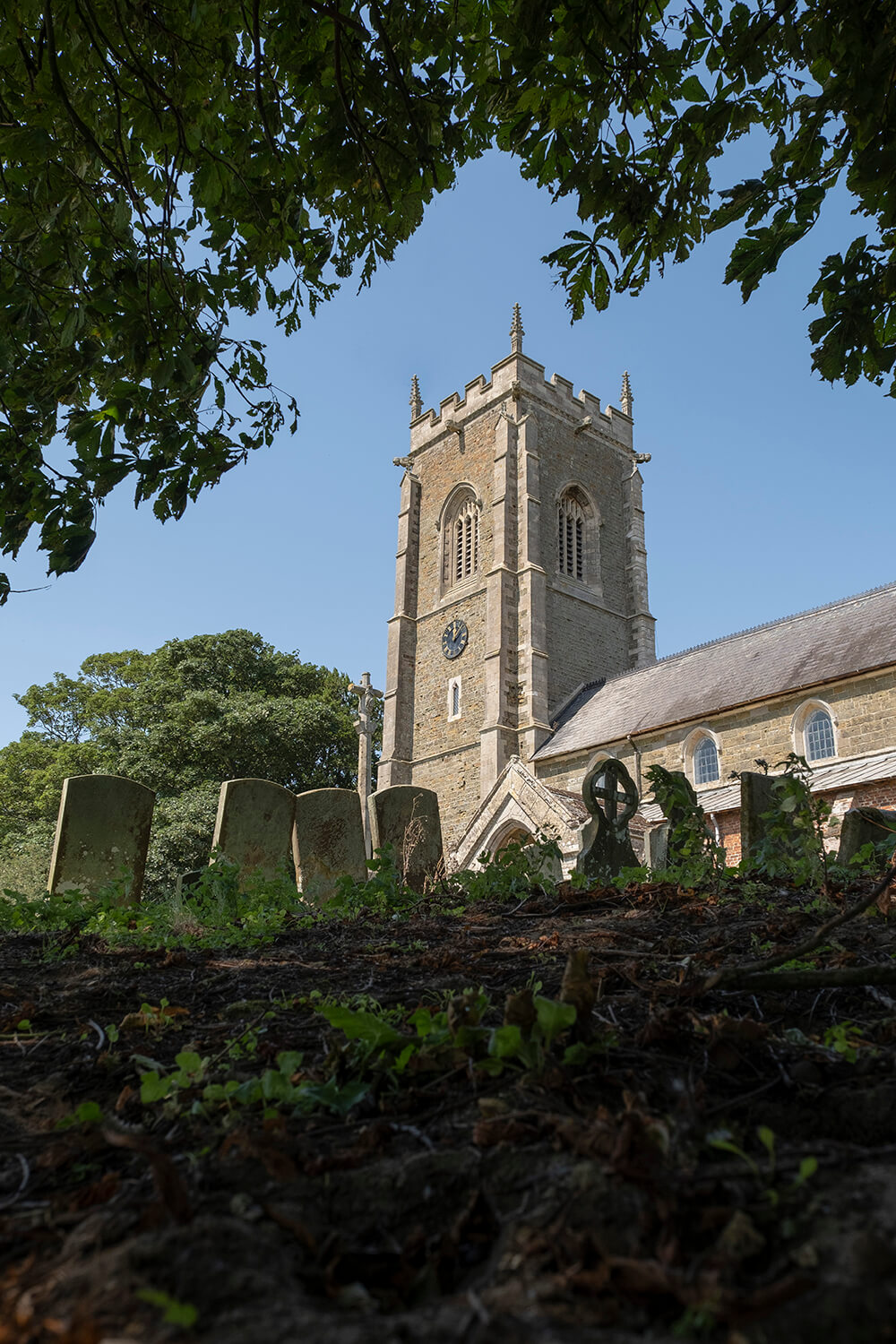If you’re in the market for a new lens, the X Series has plenty of options for you. But should you go for a zoom lens that offers different views or a fixed focal length prime lens that only offers one? Let’s look at the options.
When it comes to buying a new lens, one of the first decisions to make is whether to go for a zoom lens, which can cover more than one focal length, or a prime lens, which only covers one. That may sound like a trick question at first: why would anyone choose a lens that doesn’t zoom? But there are advantages to both prime lenses and zooms. It’s just a question of how you like to work with your camera.
The Case for Zoom Lenses
The big advantage of zoom lenses is versatility. Having multiple focal lengths in one lens gives you the flexibility to tackle different subjects and photographic styles without having to stop and change lenses, which can be a hassle and cause you to miss fleeting moments. Changing lenses less frequently also minimizes the chances of getting dust on your camera’s sensor.

There are zoom lenses in the X Series that cover all kinds of focal lengths, from the ultra-wide XF8-16mmF2.8 R LM WR (superb for landscapes) to the telephoto XF100-400mmF4.5-5.6 R LM OIS WR (great for wildlife and sports) – and plenty more in between.
All of this versatility means the designers of zoom lenses have to work hard to maintain the kind of image quality demanded of XF Lenses. They use some pretty exotic optical technology to do this, and that can make zoom lenses much bigger than their single focal length prime lens equivalents. But even so, zooms are still a good choice when traveling, when photographing events and parties, or when you only want to take one lens out with you.

Good for:
- When you want multiple focal lengths in one lens
- Traveling with only one lens
- Versatile framing options
The Case for Prime Lenses
So why on Earth would anyone want a non-zooming lens? Well, since they are less complicated than zooms in terms of optics, our lens designers don’t have to make quite as many compromises when they produce a prime lens. That means they can be even higher in optical quality and offer much wider apertures.
To put that in context: when using the 45mm end of an XC15-45mmF3.5-5.6 OIS PZ, the widest aperture available to you is F5.6. But there are prime lenses in the range that offer much wider apertures than this – like F2 or even F1.0! This lets in much more light, so you can use faster shutter speeds and also produce a shallower depth-of-field that blurs the background better.

Prime lenses are also physically smaller than their zoom lens equivalents, so while they don’t cover as many viewing angles, they are more portable individually. Their smaller size often makes them faster focusing, too.
But what about the perceived disadvantage of prime lenses, in that they don’t let you zoom in and out? Well, many photographers actually see this as an advantage, and see the restriction of only using one focal length as a bonus.
If you want to fill the frame more when you’re using a prime lens, you need to physically move your feet and walk closer to the subject. And when you do that, you’re more likely to think about other ways in which you can move – crouching down, shooting at waist height, or getting up high and looking down. All of that makes you more creative.

Prime lens fans will tell you that the creative restriction of a single focal length encourages them think about composition more closely, and physically switching lenses helps them decide on the most appropriate focal length to use.
Good for:
- Shallow depth-of-field effects and low light
- Traveling light with portable designs
- Creativity that can make you a better photographer
Which is for You?
At the end of the day, only you can say which is the right lens for your style. If you like to photograph quickly, or on the move, then a zoom gives you the flexibility you need to move quickly between views. But if you like a creative challenge, or you think you’d enjoy a specific technical benefit – like fast apertures – a prime lens might be for you. And, in reality, many photographers use a mixture of primes and zooms (wide-angle primes and telephoto zooms, for instance).
The best way to make a decision is get hands-on with a few lenses and try them out. You can do this at your local FUJIFILM dealer, where you can compare different lenses side by side.
Your Next Steps
-
- CHALLENGE When you’ve decided which lens you’re going for, let us know what it is and why you chose it. Post to social media with the hashtags #MyFujifilmLegacy and #lens and show us some of your first pictures with your new lens, too. You can also submit your work here for a chance to be featured on our social media channels.


















































